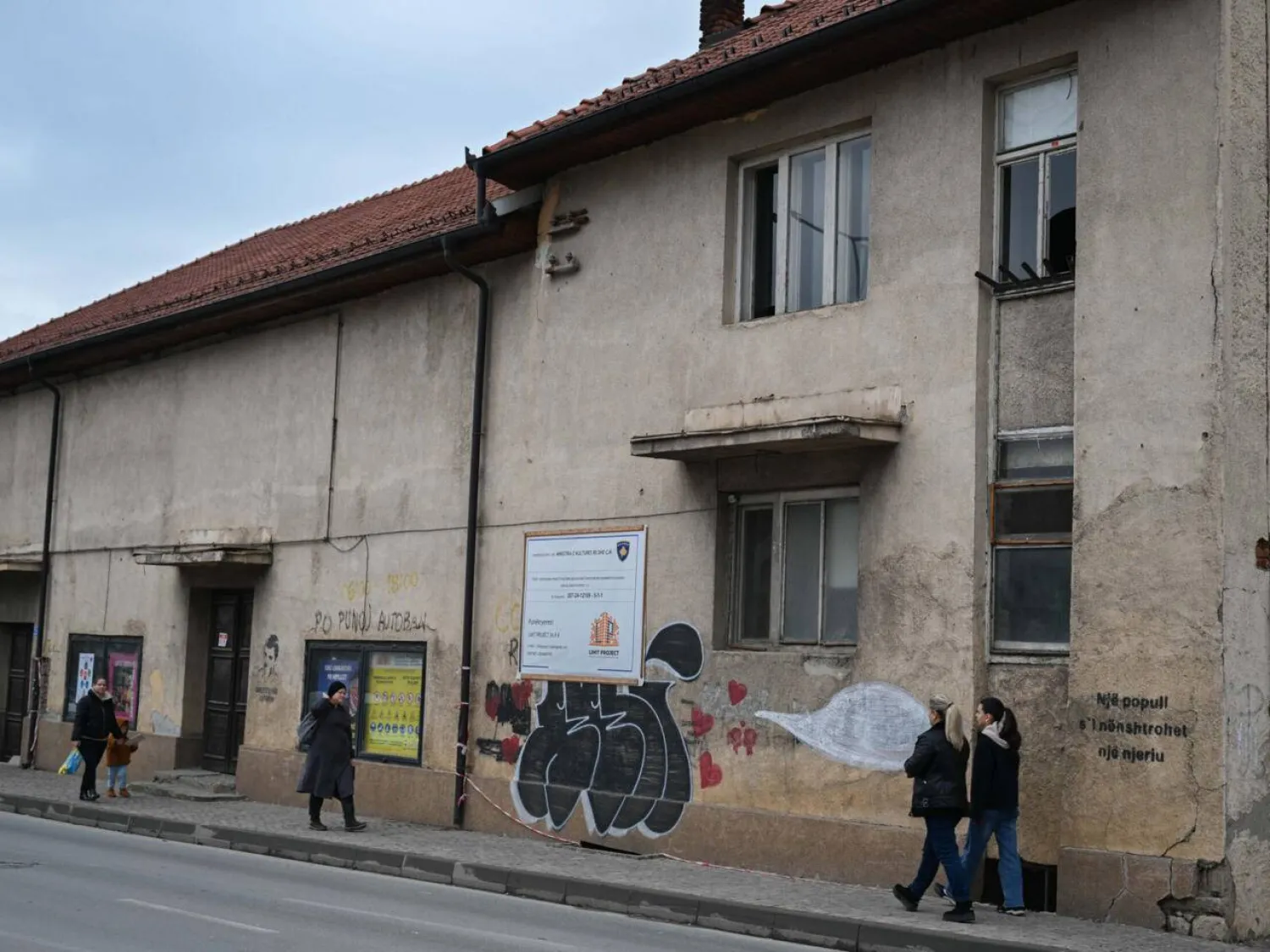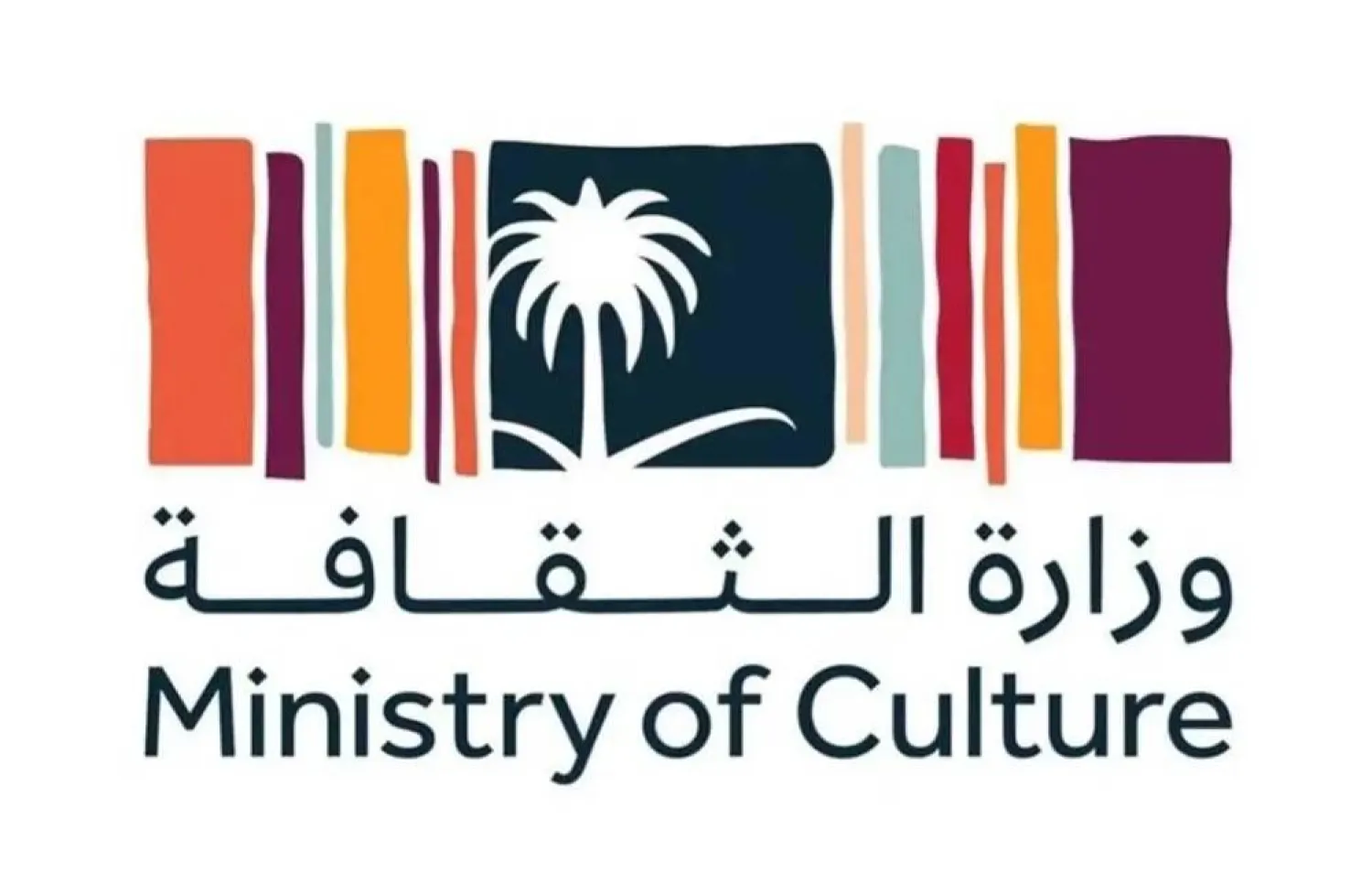UNESCO will be including Malhun, a popular poetic and musical art, on the Representative List of the Intangible Cultural Heritage of Humanity, announced Morocco's Ministry of Youth, Culture and Communication.
Malhun originated in the Tafilalet region in southeastern Morocco, dating back to at least the tenth century. It may have emerged in zawiyas, religious orders, and places for those of faith before spreading to society.
The listing is an international recognition of the authentic Moroccan heritage and a reference to the ancient Moroccan identity and cultural component.
The international recognition is a confirmation of Moroccan efforts under the leadership of King Mohammed VI to conserve the cultural heritage.
Undersecretary of the Ministry of Culture Samira Malizi thanked the evaluation committee and the secretariat of the 2003 agreement for including Malhun on the list.
Malhun is a popular form of poetic expression in Morocco. The verses are sung in dialectical Arabic and sometimes Hebrew.
They are accompanied by music played on traditional instruments, notably the lute, the violin, the rebab, and small drums.
Including Malhun on the List of Intangible Cultural Heritage of Humanity is an acknowledgment of its humanitarian significance and of Morocco's efforts to preserve its intangible cultural heritage.
It also rewards the great collective work the Ministry of Youth, Culture, and Communication carried out in cooperation with the Academy of the Kingdom of Morocco and Morocco's Permanent Mission to UNESCO.
According to the file submitted by the UNESCO Nominations Commission, Malhun is a popular form of poetic expression directly drawn from daily life, developed according to a specific type of poetic meter. The poems are sung in a melody that gives the words and the narration their full importance.
According to specialists, the term's etymology has two possible explanations. It could refer to the use of a language without observing grammatical restrictions or the Arabic word "lahen" (melody), meaning "musical composition."









